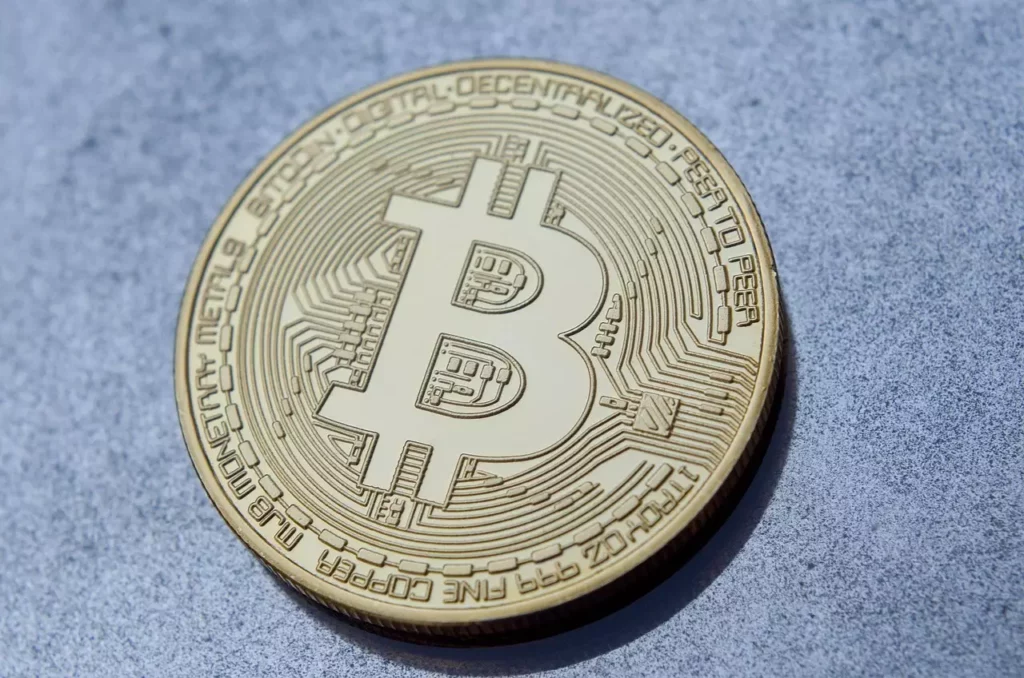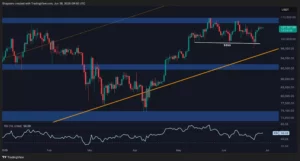South Korea’s rapid ascent as a crypto powerhouse is often hailed as an economic triumph, but a closer look reveals a fragility lurking beneath the surface. According to Hana Financial Research Institute’s recent survey, although 27% of investors now hold cryptocurrencies—with an average stake nearing $7,400—this enthusiasm is built on shaky psychological grounds. While fear
Ethereum’s price action lately has been the embodiment of tension and uncertainty, trading in a confined range between roughly $2,200 and $2,800 for weeks. On the surface, the resilience shown by ETH hovering above $2,400 might be interpreted as strength — it has withstood abrupt price swings and refused to capitulate amid broader market volatility.
The recent push by Senator Cynthia Lummis to introduce an amendment aimed at reforming cryptocurrency tax laws represents a long-overdue acknowledgment of a fundamental flaw in the current tax treatment of digital assets. For years, crypto miners and stakers have been caught in an unfair double-taxation trap—first taxed when they receive block rewards and then
Robinhood’s recent surge to an all-time high stock price of $92 might look impressive on paper, but it invites a more skeptical evaluation. The company’s ambitious rollout of multiple new products—Layer 2 blockchain integration, tokenized stocks, crypto perpetual futures, and staking services—sounds like a bold leap into the future of finance. Yet, this frenetic expansion
The upcoming launch of Factory NFTs in Calamity, the blockchain MMORPG built on Ronin, is generating buzz that is hard to ignore. At first glance, these digital collectibles sound like a promising evolution in play-to-earn gaming, offering in-game land, unique mechanics, and staking opportunities linked to the new $WYRM token. Yet, beneath this polished marketing
Bitcoin’s price action has once again become the focal point of intense speculation and enthusiasm within investor circles. Recently, crypto analyst Stockmoney Lizards put forth an audacious forecast: Bitcoin could soar as high as $145,000 within the latter part of this year. This projection isn’t based on mere hype, but rather on nuanced technical signals—specifically,
Bitcoin’s persistent failure to decisively break through the $108,000 psychological and technical barrier this week serves as a vivid reminder that even the flagship crypto faces significant resistance despite soaring hype. After flirting with a near $109,000 peak over the weekend only to be slammed back by sellers, the narrative of Bitcoin as an unstoppable
The first half of 2025 has shattered records in the worst possible way for the cryptocurrency ecosystem. According to TRM Labs, over $2.5 billion was siphoned off through hacks and exploits—an unprecedented figure that dwarfs previous years. On the surface, this could be dismissed as an unfortunate spike in criminal activity, but a closer inspection
Bitcoin’s recent rebound above $107,000 after a sharp dive below $100,000 might superficially suggest a market regaining its foothold. However, beneath the surface of this modest recovery lies a volatile and precarious outlook. The minimal 0.2% 24-hour price growth sharply contrasts with a 5.2% uptick over a week, highlighting a market caught in a frustrating
Ethereum finds itself in a prolonged limbo, trapped between the stubborn resistance level of around $2,500 and an equally determined support near $2,200. This tight range, which the digital asset has failed to break decisively for weeks, is more than just price consolidation—it is a reflection of significant uncertainty and indecision permeating both retail and




























